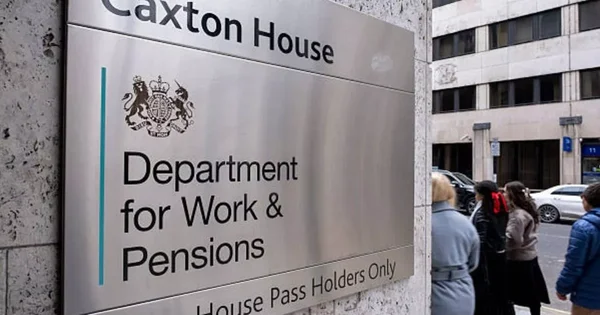Chancellor Rachel Reeves is reviewing the UK’s VAT registration threshold as she prepares her first full Budget, with proposals to ease the burden on small businesses at the heart of discussions. The current £90,000 threshold, raised from £85,000 in April 2024 under Jeremy Hunt, has long been criticised as a barrier to growth.
The move comes as Reeves grapples with a £20bn shortfall in the public finances and fears of a downgrade in the Office for Budget Responsibility’s (OBR) growth forecast. The Chancellor is expected to tell Parliament next week that the economy is “stuck”, and will put productivity and business expansion at the centre of her plans.
Fiscal pressures mount
Treasury officials have warned that weaker economic forecasts could further widen the budget deficit. Reeves is therefore under pressure to find a balance between raising revenues and supporting business confidence.
Alongside possible VAT changes, she is believed to be examining targeted tax rises affecting wealthier homeowners and landlords, while signalling that direct taxes on working households should remain as low as possible.
The VAT “cliff edge”
Small businesses with turnover below £90,000 are exempt from VAT. However, once they cross the threshold, all sales must include the tax, creating what many describe as a “cliff edge”. For some firms, going even a few pounds over the line can mean a sudden liability running into five figures.
This effect has been criticised for discouraging businesses from growing. Some deliberately cap trading or turn away customers to avoid breaching the threshold. The OBR itself has described the regime as creating an “administrative burden” that incentivises firms to hold back.
Recent changes and their impact
When the threshold was lifted from £85,000 to £90,000 in April 2024, the government said around 28,000 microbusinesses would no longer need to register for VAT. Although the change came with a short-term cost of £150m in 2024–25 (rising to £185m in 2025–26), the OBR projected it would boost revenues later in the decade by encouraging growth.
Reeves is now considering whether to go further. Options reportedly under review include raising the threshold again or smoothing the system so that tax liabilities rise gradually rather than all at once when turnover passes £90,000.

Business reaction
The Federation of Small Businesses (FSB) has consistently argued for a higher threshold, at times suggesting £100,000. It sees Brexit as giving the UK flexibility, since EU rules previously restricted minimum thresholds. For new entrepreneurs weighing their options, our step-by-step guide on how to start a business explains how VAT fits into wider tax planning.
The FSB maintains that VAT is among the most time-consuming taxes for small firms, with compliance taking an estimated 45 hours a year the equivalent of a full working week. A higher threshold, it argues, would spare thousands of businesses this burden and allow them to focus on expansion.
Alternative growth levers
Beyond VAT, Reeves is expected to highlight reforms to planning rules as a way of boosting productivity and living standards without adding major costs to the Exchequer. By streamlining approvals for housing and infrastructure, she hopes to unlock investment while avoiding heavier tax rises.
A Treasury spokesperson reinforced this approach, stating:
“The best way to strengthen public finances is by growing the economy which is our focus. We are committed to keeping taxes for working people as low as possible.”
Historical context
The UK’s VAT Regulation and rules and threshold has been among the highest in Europe for years, with many EU countries requiring registration at levels as low as €20,000. Advocates for keeping it high argue that this protects the smallest traders from heavy administrative demands, while critics say it narrows the tax base and encourages under-reporting. The post-Brexit environment gives the UK more freedom to set its own rules, making the debate over the threshold a particularly symbolic policy choice.

Looking ahead
Any decision Reeves makes will be closely watched not just by small businesses but also by economists and international investors. Raising the threshold could provide a short-term boost to entrepreneurial confidence, but may come at the cost of lower immediate revenues. On the other hand, reducing or scrapping the threshold entirely could raise funds but risk stifling growth. The Chancellor’s challenge is to strike the right balance between these competing priorities while demonstrating that her strategy can deliver both stability and expansion.
Final Summary
Reeves reviews VAT threshold for growth.
Rachel Reeves faces a complex balancing act as she prepares her Budget. On one side lies the pressing need to plug a £20bn fiscal gap; on the other, the urgent demand to unlock growth in a sluggish economy. The VAT threshold debate captures this tension perfectly: raising it could unleash expansion among thousands of small businesses, yet it comes with upfront costs and political risks.
Whether Reeves opts for a higher threshold, a smoothed system, or alternative growth measures, her decisions will set the tone for Labour’s economic stewardship. Businesses, economists, and households alike will be watching closely to see if she can deliver reforms that ease burdens while restoring fiscal credibility.









